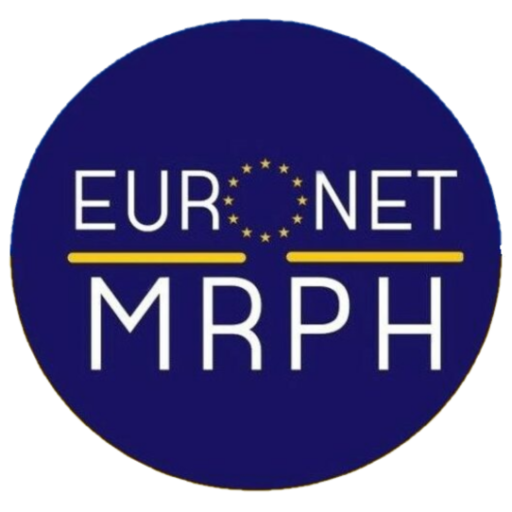Public Health in The Netherlands
‘Landelijk Overlegorgaan Sociaal-Geneeskundigen In Opleiding’ (LOSGIO) is the Dutch association of residents in public health, which we call social medicine. It has existed since the 1980s, but became an official association on 30 June 2016. It represents all medical residents in social medicine, which in the Netherlands is divided into three branches: society & health, occupational health and insurance health. LOSGIO is independent from the national associations of society & health (KAMG), occupational health (NVAB) and insurance health (NVVG), but has strong ties with them. All residents that become a member of their national association automatically become a member of LOSGIO as well.
LOSGIO was founded to represent the interests of all residents in social medicine via one platform. It monitors the quality of residency programs, contributes to improvement of these programs and is an important stakeholder during policymaking in the field of education and professional training in social medicine. Secondly, LOSGIO cooperates with other partners in the field to promote the visibility and popularity of social medicine as a career choice. Lastly, LOSGIO organizes events where residents can discuss topics in social medicine with colleagues and others, and fun activities where residents from all three branches can get to know each other. Thus, LOSGIO aims to facilitate residents to take charge of their personal development and their professional identity.
Information about residency program
Pre-training requirements
The residency program is open to those who have completed six years of medical school. After these six years, graduates usually start working in a field they are interested in, most often employed by a municipal health service (GGD). The employer then decides if the resident can apply for a spot in the residency program. Sometimes the start of employment and the start of residency will coincide, in other cases the prospective resident will work at the GGD for some time before being allowed to start the residency.
Duration of training
As described above, the field of public health is divided into three branches with different residency programs: society & health, occupational health and insurance health. There are three public health schools that offer these programs.
Society & health is further divided into eight profiles:
- Youth public health
- Infectious disease control
- Forensic medicine
- Tuberculosis control
- Environmental health
- Social medical assessment and advice
- Policy and advice
- Donor medicine
The residency for society & health is divided into two two-year phases. Phase 1 is the profile phase, where residents acquire skills that are relevant to their chosen profile. Phase 2 is a more overarching phase that focuses on skills in research and health policy. It is not mandatory for residents to complete both phases. However, to become a public health specialist one does have to complete the full four years; residents that have only completed the first phase are called profile doctors.
For both occupational health and insurance health there is a four year training program.
Mandatory educational requirements
For the entire duration of the residency, the resident remains employed by the same employer they started working with. There are no rotations. The resident is expected to gain his professional skills in this workplace. There is some room for elective placements, but this is limited, for example a total of twelve weeks for residents in insurance health.
Theoretical education takes place in modules that differ between profiles and branches. Some modules focus specifically on skills that are relevant to a particular profile or branch. However, all residency programs also include modules that focus on overarching topics like research, epidemiology, health policy making, health systems, innovation and management. There is some room for elective modules.
During residency, the resident is supervised by two mentors; one from the public health school and one from the workplace.
End of training assessment method
The training program is based on the CanMEDS competencies. In other to become a public health specialist, residents must prove they have gained all competencies specified. They have to prove this by building a portfolio, consisting of:
- Written assignments
- Presentations
- Assessments on different aspects of their practical work
- Reports on elective placements and training
- Self-assessments and self-evaluations
- Assessments and evaluations by mentor
The end of the residency consists of an interview with both mentors, during which the mentors evaluate if the resident has gained all competencies and is therefore eligible to become a public health specialist.
Future developments
From 2019, residents in society & health will be employed by a national organization instead of working for an employer like a municipal health service. This will lead to more independence for prospective residents; they will no longer have to depend on their employer to be able to start their residency.
From 2020, an integrated four year training program will be instituted for society & health, replacing the two phase program and eliminating the possibility of becoming a profile doctor. This new training program will allow much more room for rotations.
Post-training careers
After residency, most public health specialists continue to work for the same employers as during residency. Other possibilities include working for a research institute or a university.
If you have any question, don't hesitate and ask us.
